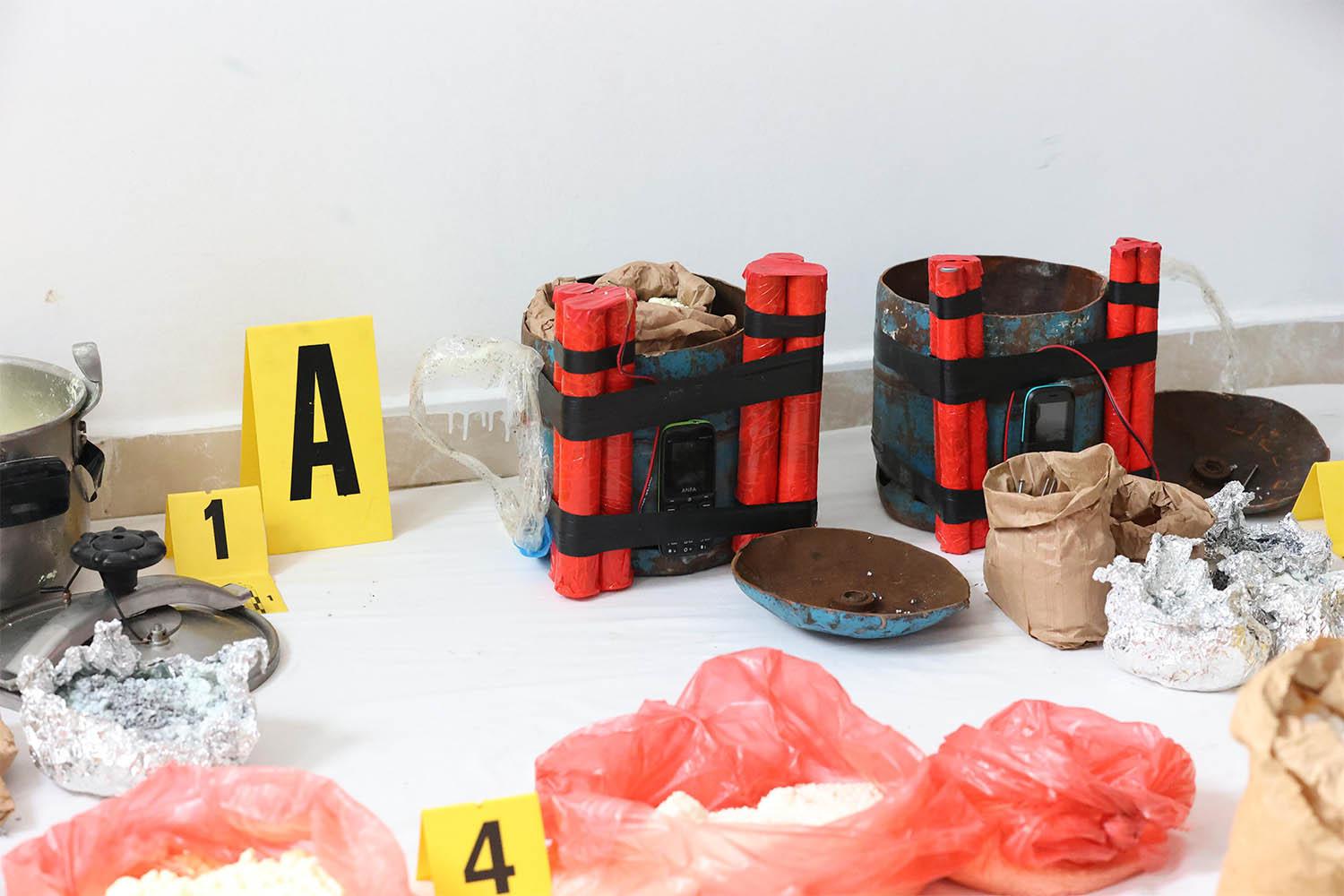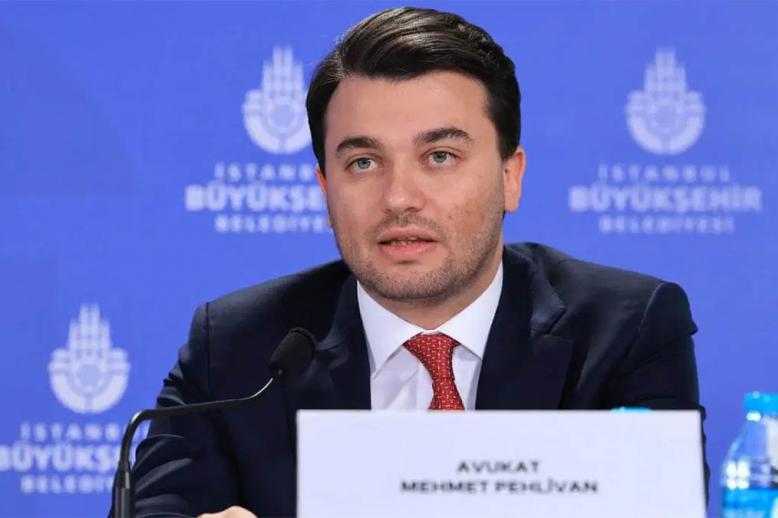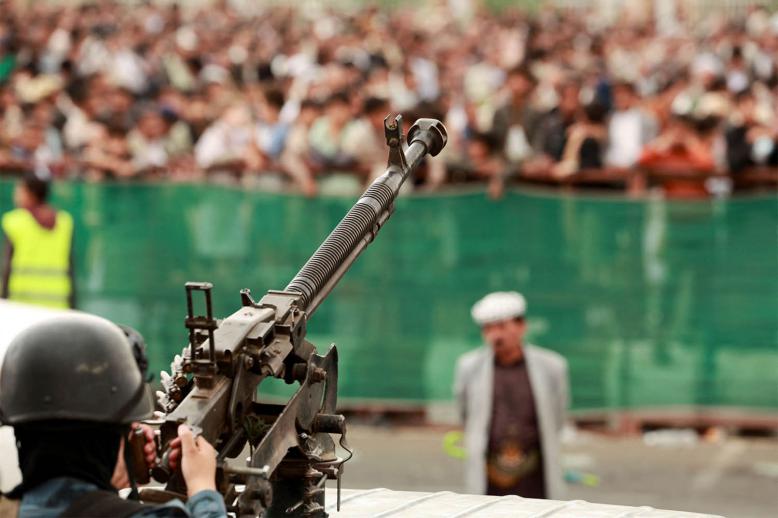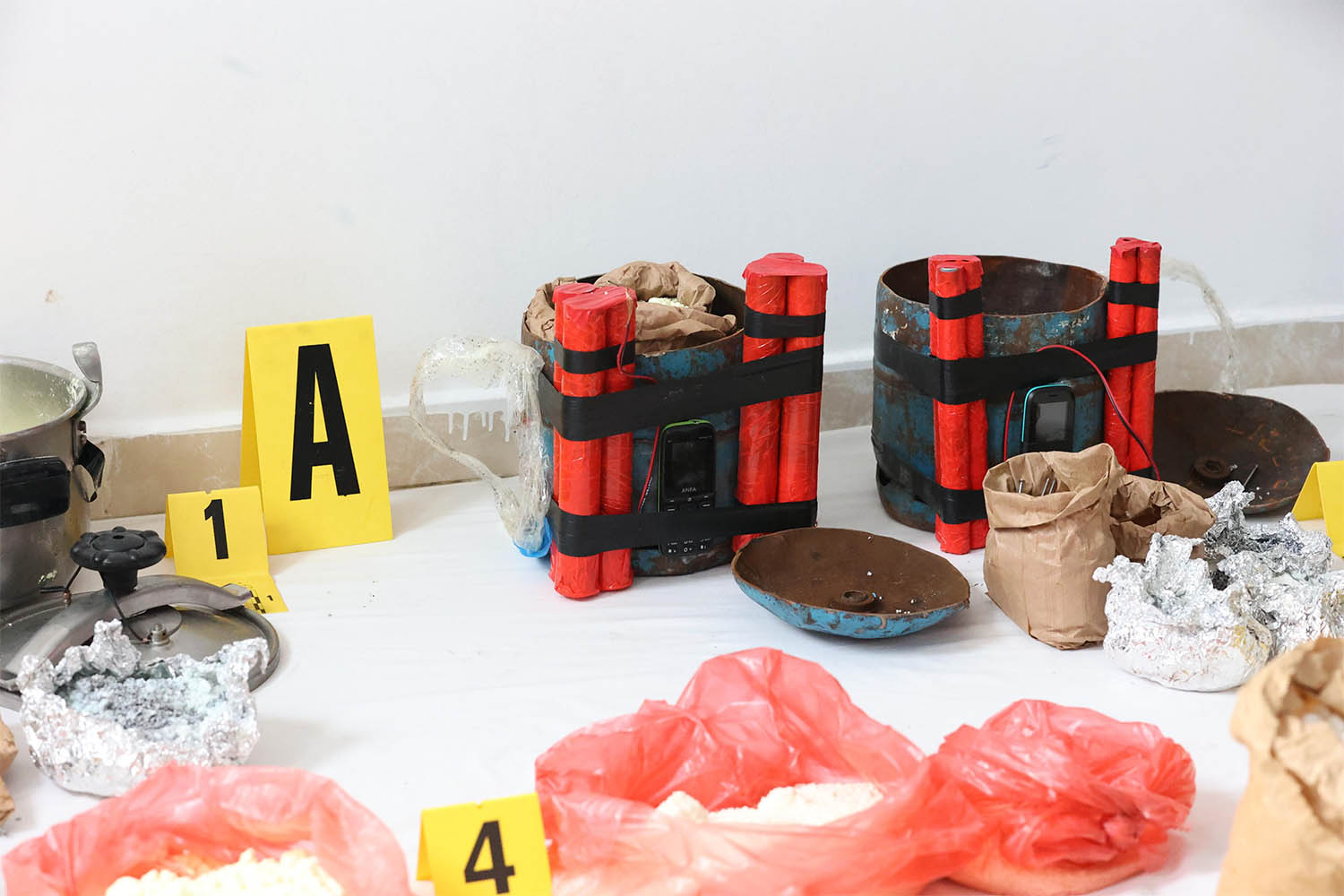Morocco thwarts ‘dangerous’ terrorist plot
RABAT - Morocco’s Central Bureau of Judicial Investigations thwarted on Wednesday a very dangerous terrorist plot targeting the North African kingdom, with direct instructions and incitement from a prominent leader of the "ISIS" organization in the Sahel region, according to a statement from the the General Directorate of Territorial Surveillance (DGST).
The security operation was carried out simultaneously in the cities of Laayoune, Casablanca, Fez, Taounate, Tangier, Azemmour, Guercif, Ouled Tayma and Tamesna on the outskirts of Rabat, and resulted in the arrest of 12 extremists aged between 18 and 40, who pledged allegiance to the terrorist organization "ISIS" and were involved in preparing and coordinating the implementation of dangerous terrorist acts.
The implementation of the intervention and storming operations was supervised by elements of the Special Forces of the DGST, which implemented the security protocol for serious terrorist threats, as sniper teams were deployed in various places of intervention to neutralize all possible risks and forms of violent resistance, and storming teams were used by climbing, and explosive detection technicians and police dog teams trained in scanning and combing crime scenes suspected of containing explosive materials and explosive devices.
BCIJ security forces evacuated the residents of apartments near the places of intervention, to ensure their safety and consolidate their security, as a preventive measure to avoid all risks and threats that may threaten them, the statement added.
The Special Forces also used sound bombs as a precaution in these simultaneous security interventions, to prevent members of this terrorist cell from carrying out any form of violent resistance or non-compliance that may threaten the security and safety of the intervention team members.
The same source added that the anti-terror operation resulted in the seizure of explosive devices in the process of being assembled in the home of the two suspects in the Tamesna area, which consisted of four modified gas cylinders containing nails and chemicals and connected to pipes and electrical wires, all connected to mobile phones, for the purpose of remote detonation.
A suspicious package was also found inside the home of the two suspects in the Tamesna area, which consisted of a pressure cooker containing nails and chemicals used in the manufacture of explosives, in addition to a large number of bladed weapons of various sizes, a sum of money in US dollars, and several bags containing suspicious chemicals.
The searches, which are still ongoing, in the remaining homes of the members of this cell have also led to the seizure of a telescope, two models of imitation firearms, digital supports and electronic devices, a mask that blocks diagnostic data, and a wall drawing that includes the logo of the "ISIS" organization, in addition to paper manuscripts containing a precise monitoring of some of the targeted sites and facilities.
The intelligence information, supported by the field investigations completed up to this stage of the investigation, showed that the members of this terrorist cell were linked to a prominent leader of the "ISIS" organization in the Sahel region, an official in the so-called "External Operations" Committee responsible for internationalizing terrorist projects outside the Sahel region south of the Sahara, who supervised the financial financing operations and provided logistical support, in addition to providing the members of this cell with digital content that explains the physical methods of carrying out terrorist operations.
Research and investigations also showed that this terrorist cell adopted a precise organizational approach, at the behest of the same ISIS leader, where terrorist plans were directed exclusively to the "coordinators" team who were responsible for communicating these plans to the rest of the members either directly or through indirect channels, then the "involved" team in carrying out terrorist operations, in addition to the branch responsible for support and financing, which directly received financial payments from ISIS without going through the banking network.
The imminent terrorist projects that the "ISIS" branch in the Sahel region identified for the members of this terrorist cell consisted of targeting members of the public force by luring them, kidnapping them, exposing them to physical liquidation and mutilation of the bodies, as well as targeting sensitive economic and security facilities and foreign interests in Morocco, in addition to committing terrorist acts that affect the environmental field by deliberately setting fires.
Security investigations and inquiries showed that members of this terrorist cell recently carried out field operations to identify targeted sites in several Moroccan cities. They also received ISIS "blessing" for their terrorist project, as they received a tape blessing and inciting the implementation of this operation, signaling their move to physically implement the sabotage operations.
All the suspects have been detained as the investigations are ongoing in order to reveal all their connections to the African branch of ISIS in the Sahel region south of the Sahara, in addition to monitoring all national and international extensions of this terrorist cell.
This security operation confirmed once again the growing risks of the terrorist threat posed by the branches and regional poles of ISIS in Africa, specifically in the Sahel region, especially in light of this organization's insistence on exporting its terrorist operations to many regions of the world, including Morocco.
The DGST has previously warned international and regional security partners of the growing risks and challenges posed by terrorist threats in the African Sahel region, after dismantling in recent years several extremist cells that had allegedly pledged allegiance to the "princes" of the Al-Qaeda and ISIS organizations in the Sahel and Sahara region, and received their blessing and endorsement for terrorist plans, as well as the necessary financial and logistical support, in addition to promises to provide them with safe havens in the event that they committed their terrorist plans.





